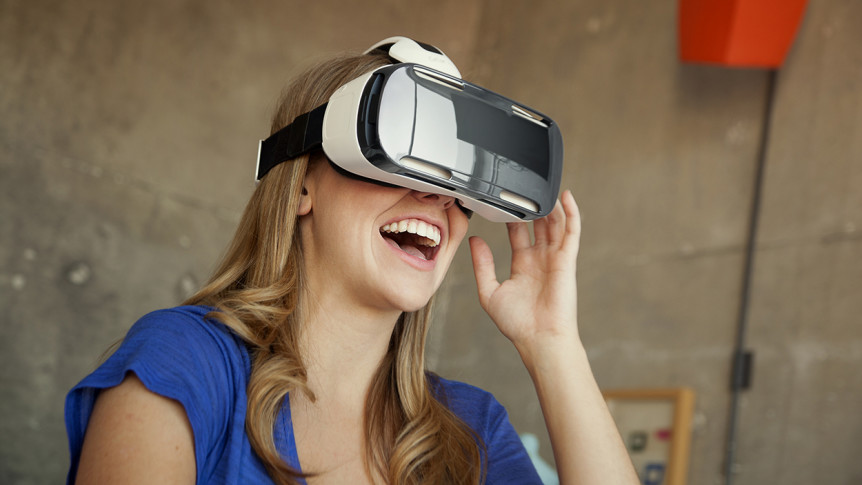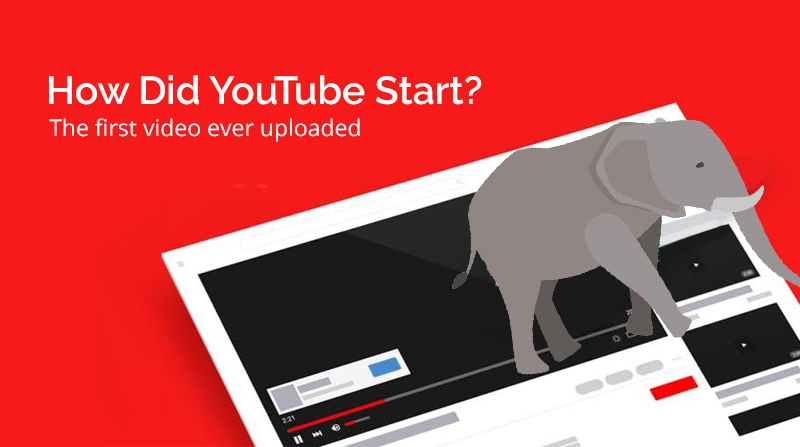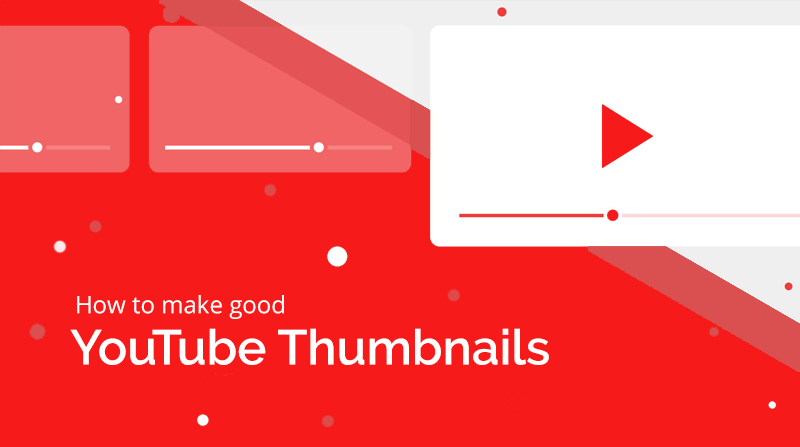We’ve been hearing and seeing a lot more about Virtual Reality
You have probably been hearing a lot about virtual reality in the past couple of years; this coming year you finally may get to try it. Several major consumer headsets are hitting the market, allowing users to experience everything from travel, games, news and shopping.
But it’s not clear whether that will be enough to entice consumers to spend a few hundred bucks on a VR headset.
Brian Blau thinks it will be enough. The analyst at Gartner, a tech market-research firm, has watched dozens of people don a virtual reality headset for the first time.
“When they put it on you can just really see the light bulbs go off,” Blau says. “They get it right away … within the first minute or two they turn their head around. They instantaneously realize, like, ‘Wow! I am transported.’ “
We’ve used an Oculus Rift VR headset and wow that’s a trip, Facebook paid $2 billion to buy the company. In the first half of this year Oculus is scheduled to hit the market, along with two other high-end virtual reality headsets — Sony’s Project Morpheus and HTC’s Vive. Blau says the quality of the content will be crucial to the success of these headsets.
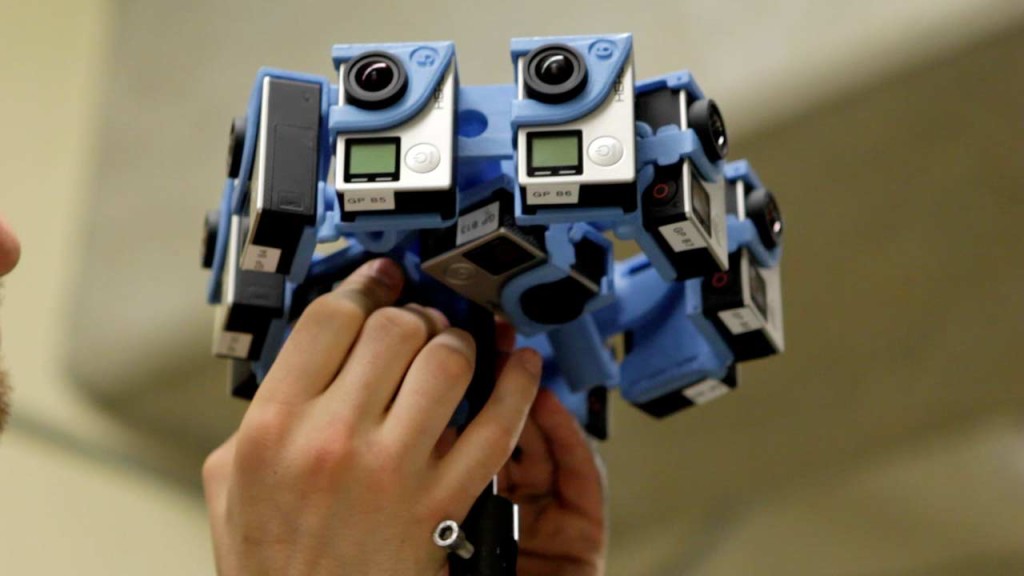
“Ultimately it’s really up to the game developers and the content developers to really provide great user experiences” Blau says.
Jaunt VR, which recently got $65 million of investment from Disney and Madison Square Garden company, is helping develop some of that content. It already has been working with Disney-owned ABC News to create virtual reality experiences — including a visit to the historic sites of Damascus, Syria, in which viewers can go to the top of a citadel and see the entire city spread out around them.
Jaunt CEO Jens Christensen thinks news is going a big category for virtual reality.
“You suddenly feel like you’re actually there, and you get a sense of scale,” he says. “This type of news content I think is really powerful in VR — you get a sort of a humanizing experience that you don’t really get when you have a screen in front of you.”
This past year The New York Times began to experiment with virtual reality, providing experiences such as a journey with children displaced by war.
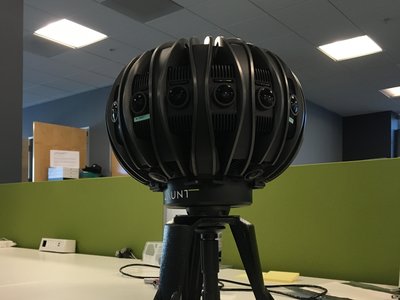 A camera developed by Jaunt VR features more than 12 lenses arrayed around a basketball-sized device. The device may be used to develop content for headsets built by three companies, all coming out in 2016.
A camera developed by Jaunt VR features more than 12 lenses arrayed around a basketball-sized device. The device may be used to develop content for headsets built by three companies, all coming out in 2016.
The new world of production for virtual reality is a work in progress. At its Palo Alto headquarters Jaunt has developed the equipment to shoot and edit these experiences, including a basketball-sized camera with more than a dozen lenses wrapped around it.
Koji Gardiner, who helped develop the camera, says they’ve had to overcome problems like synchronizing the lens shutters together. Before solving that, if you were watching someone walk on a virtual reality headset, he says “you (would) see them disappear between a stitch between two cameras … they disappear and reappear in the camera next to it, and that’s due to those not being synchronized.”
Of course, there is no guarantee that all this investment in equipment is going to pay off — many people have compared the enthusiasm for virtual reality with the failed experiments in 3D TV. That got millions of dollars in investments too, but viewers still had to don special glasses, and the technology has yet to catch on.
Analyst Blau doesn’t see VR technology following that route.
“I think when you look at virtual reality it is such a different type of experience that it’s hard to make those comparisons stick,” he says.
The video game experience may be one way that virtual reality takes off this year — and gamers may share that experience with their parents and grandparents, opening the VR experience another audience and laying the groundwork for a new art form and industry.
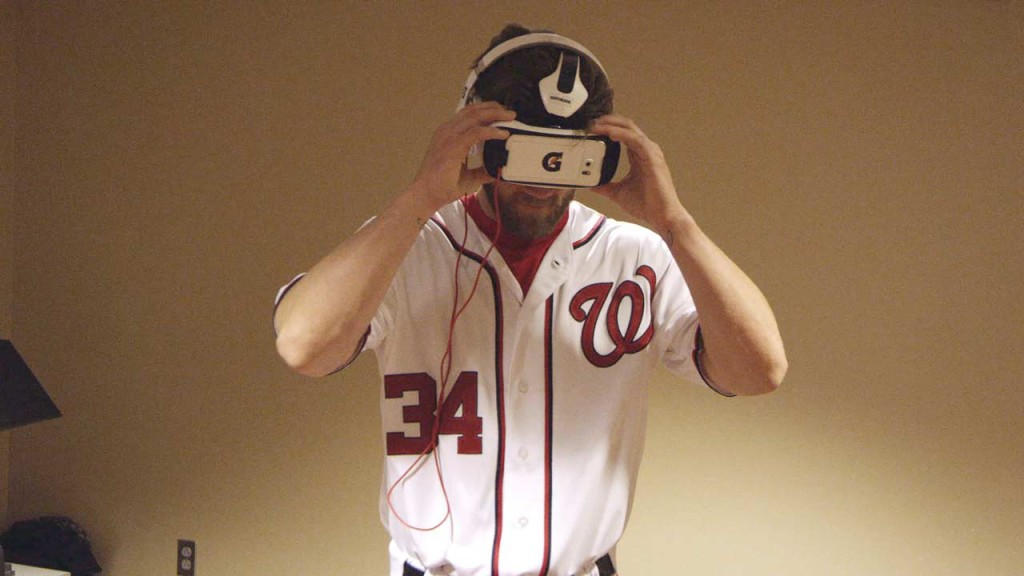
Virtual Reality in Film & Cinema
With the rapid uptake of VR, AR and digitally immersive content as a popular method of both entertainment and communication, what does the future hold for Virtual Reality and traditional linear film? What are the current limitations of creating immersive content, and and how is the industry evolving to deal with the technical barriers creatives are facing?
These were just some of the questions raised by a panel of successful women from across the entertainment industry, who gathered at the Wythe hotel this week to discuss the path that VR has carved out for storytelling, and how we can utilise non-conventional narrative to engage with audiences in new and intimate ways.
The panel, hosted by New York Women in Film & Television (NYWIFT), included influential industry giants such as Jacquie Barnbrook (Reel Vox, Inc), Jaqueline Bosnjak (Mach1), Jen Dennis (RSA), Bethany Haynes (Sloss Eckhouse LawCo LLP), Marcy Jastrow (Technicolor), Yelena Rachisty (Oculus Story Studio) and Rebecca Howard (New York Times). The audience were then able to don headsets, some for the first time, and experience a range of virtual worlds, including The Mill’s Gatorade ‘Bryce Harper VR Experience‘, created in collaboration with OMD.
How can we get filmmakers feeling comfortable with VR? This is one of the key issues facing the creative industry. Only a small handful of people have been able to glance into the technical world of VR until now, but as it takes off as a viable channel for entertainment, traditional creatives, DOPs and directors have to adapt their skill set to incorporate new camera rigs, shooting techniques and use of script and sound.
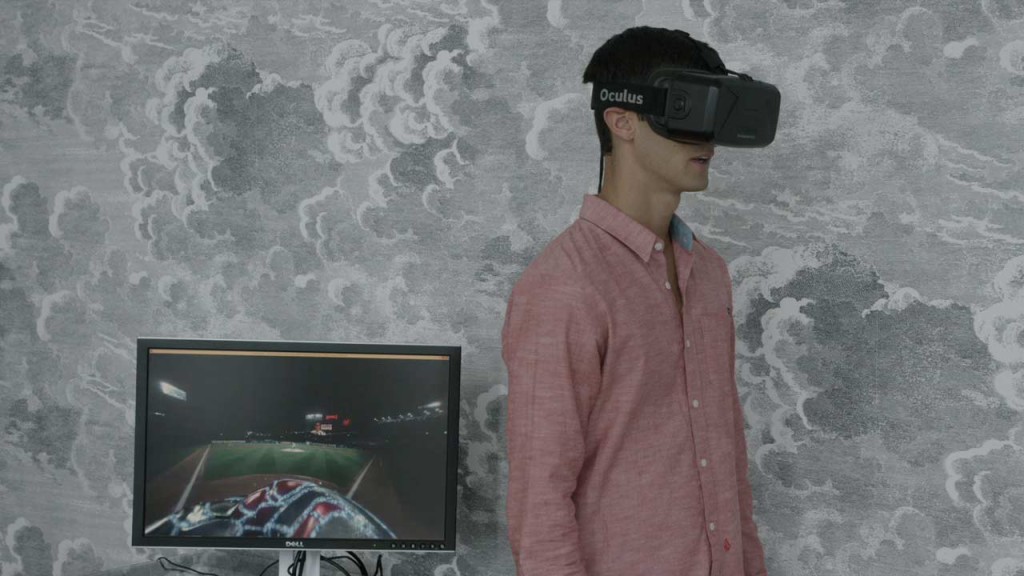
Yelena Rachisty suggests that part of the solution is working out the technical limitations and allowances we are currently faced with, and properly educating filmmakers, enabling them to navigate the space which VR occupies and explore this new avenue of storytelling to its full potential.
As the demand for immersive content skyrockets, it’s up to the creative and technical industries to develop new tools in order to create better looking, higher quality content at greater ease. Will we see affordable 360 camera rigs and stitching software available to all one day? Will the filmmakers of the future neglect to use traditional film techniques all together?
One thing we do know is that we’re right at the beginning of this exciting new venture, on the cusp of what could be a revolutionary movement in entertainment and advertising. The buzz around VR means both brands and creatives are inclined to explore narrative in new ways, and in turn, tech experts are constantly developing new tools to facilitate the creation of virtual storytelling.
In this quickly evolving industry, companies need to have the agility to to evolve along with consumer demands, as pointed out by Marcy Jastrow of Technicolor. The ability to embrace new techniques, technology, pipelines and creative will only ensure business longevity within a world wherein content is becoming increasingly hyper real, multi-sensory and super immersive. We no longer want passive content. As viewers we want to see, hear, smell, do and most importantly feel.
VR is a game changer for everyone. It’s propelling new tech and creative forward. It’s giving brands a new avenue to engage with their consumers in a much more intimate way. And it’s creating a whole new world for us as viewers to immerse and experience film, advertising and education.
